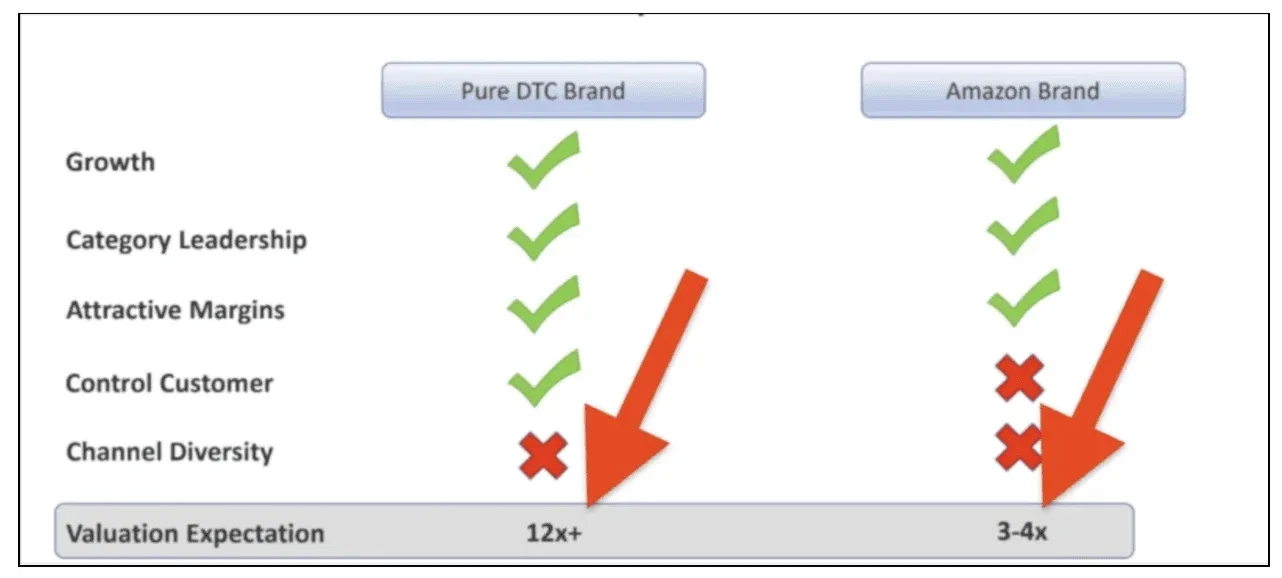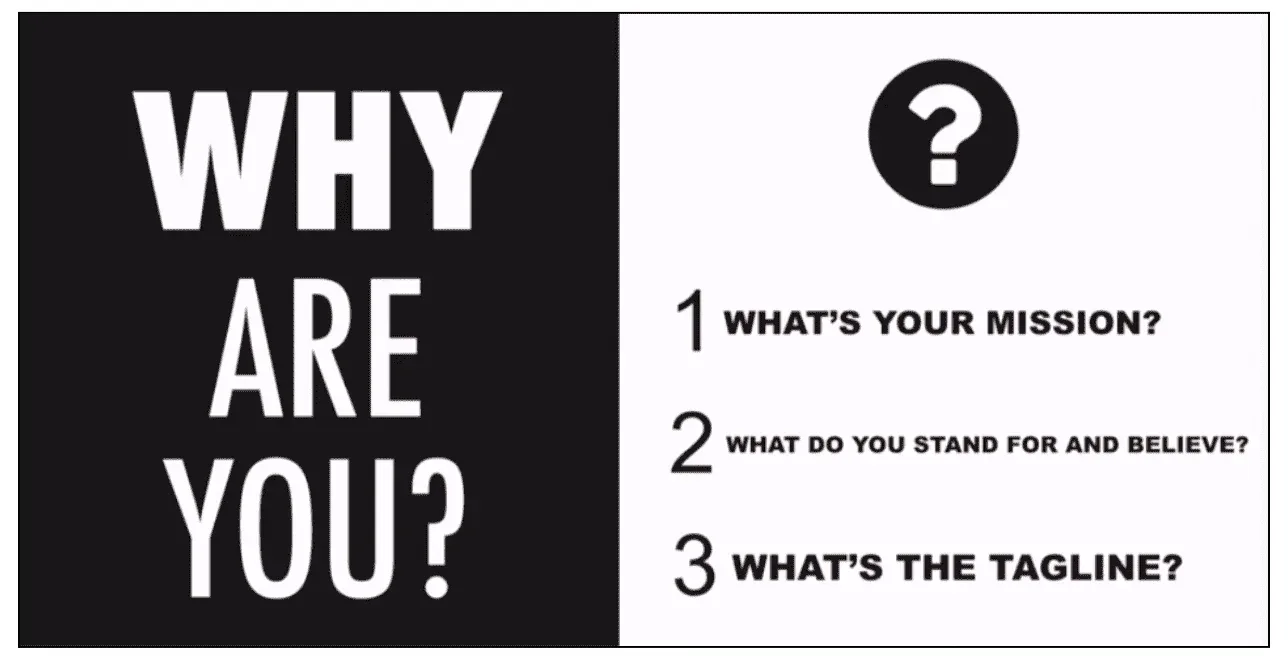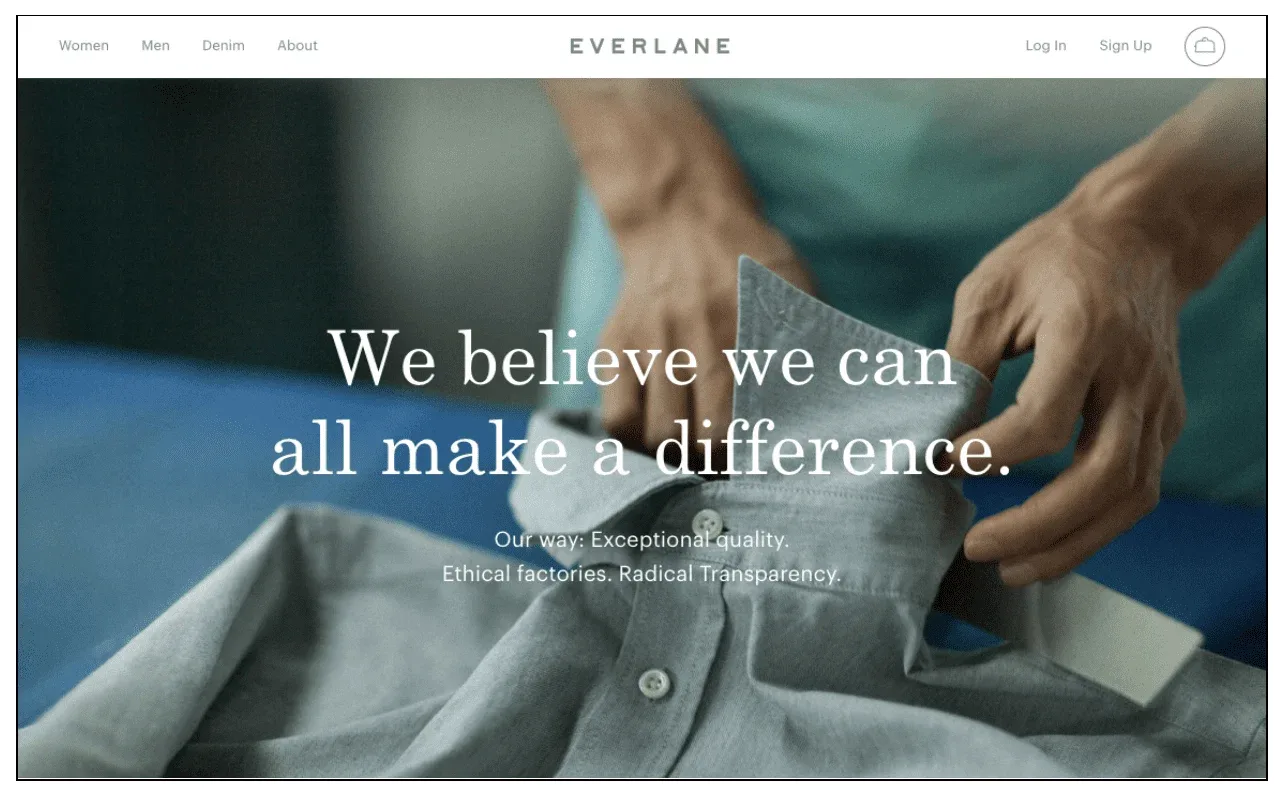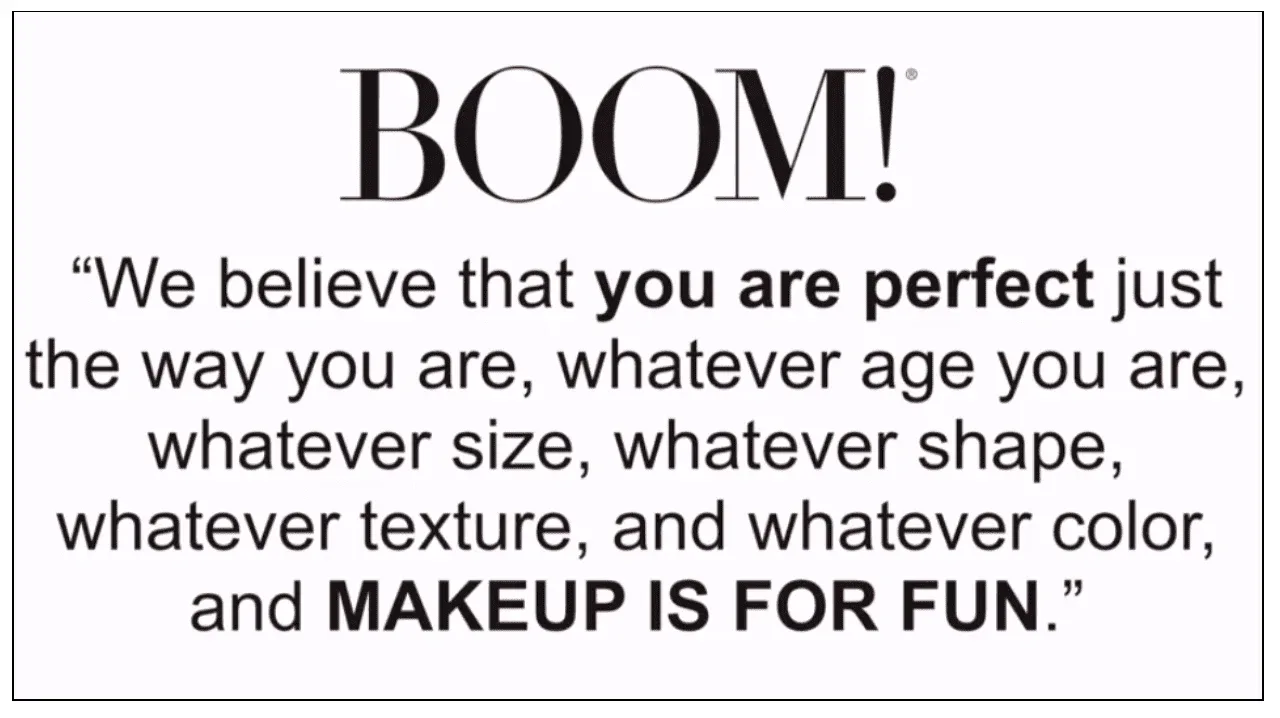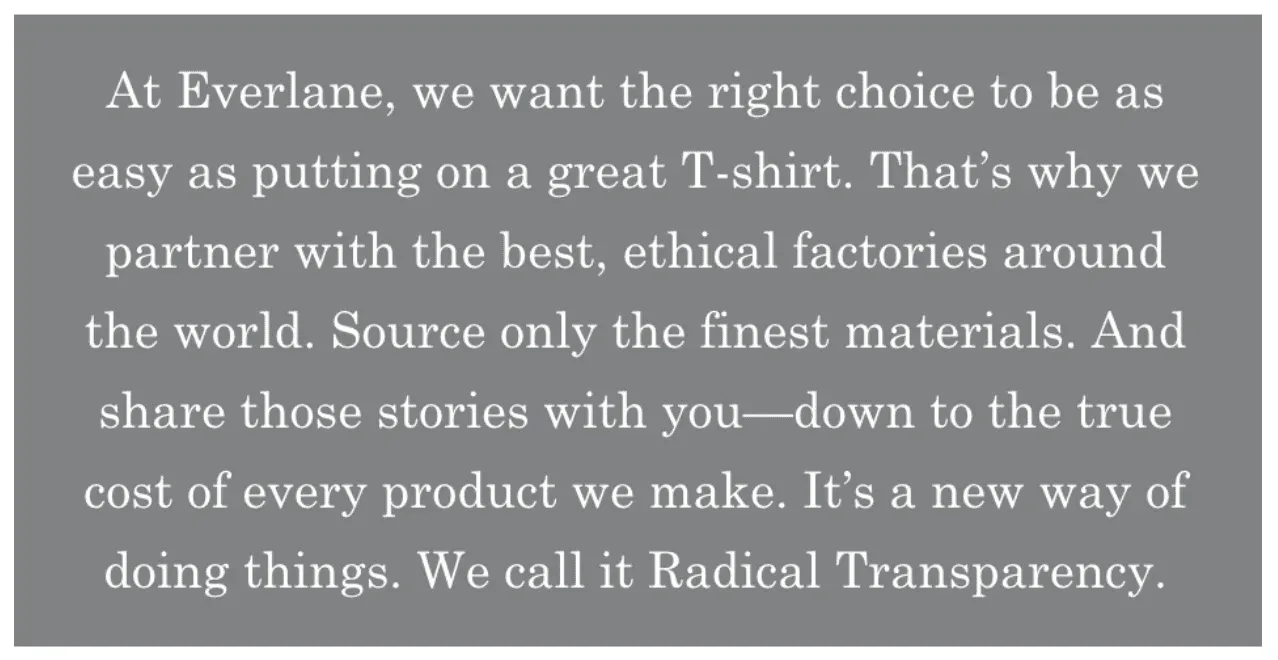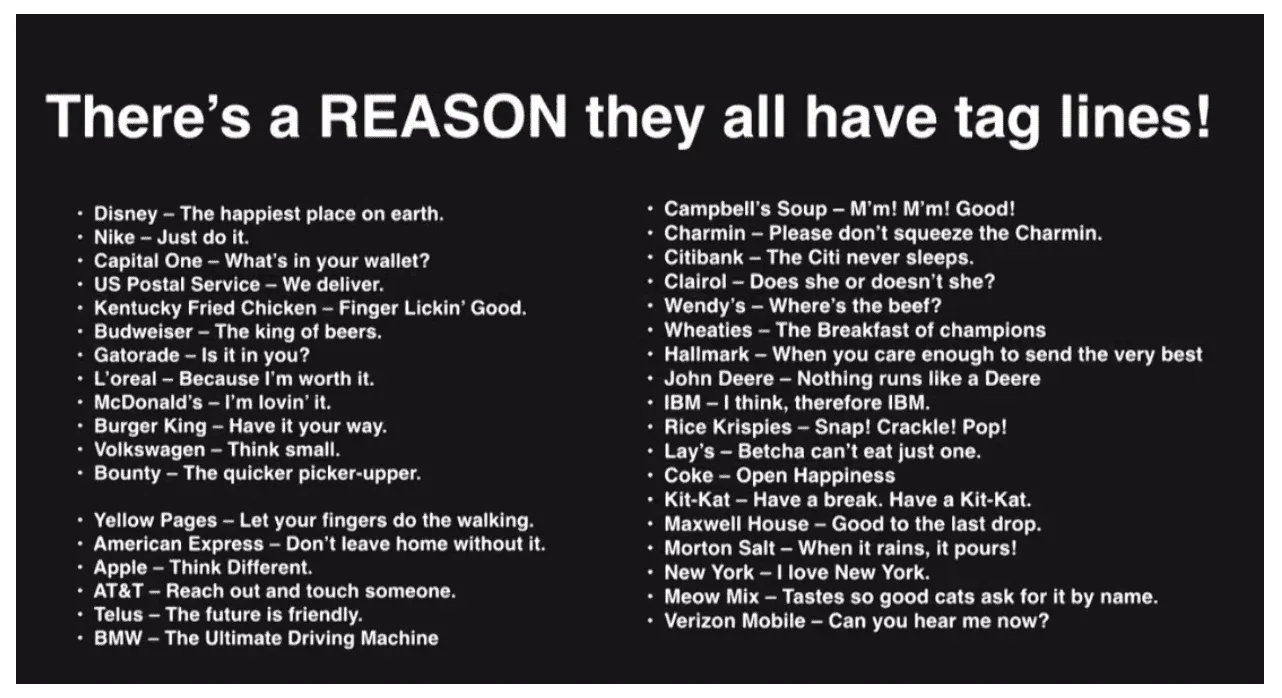What do you think is the most important thing to have when building and scaling a digital brand?
Aside from a great product (which of course is non-negotiable), you need brand assets.
In this post, I’m going to tell you:
- What brand assets are
- The 4 most important brand assets for digital businesses
- How brand assets help produce long-term growth and massive wealth
- How to generate brand assets for your business
Note: this is an advanced post for marketers who are interested in creating sustainable brands that don’t rely on cheap hacks to acquire customers.
Here we go.
What Are Brand Assets?
Brand assets are anything owned by your brand that adds to its value — from your logo, to your tagline, to your landing pages.
But in this age when mega platforms like Amazon and Facebook control how and where we interact with our customers…
The most important brand assets are the groups of people who actively engage with your brand.
The 4 most valuable groups of people are your:
- Pixeled Audiences: People who have seen your ads, been to your website, or interacted with any of your other tracking pixels.
- Email Leads: People who have opted into your email list (and especially those who actually open your emails).
- Social Followers: Fans who have liked or followed one of your social profiles.
- Customers: People who have purchased from you and given you their personal information.
If you want to grow a profitable, sustainable brand — and especially if you hope to sell your business one day like I did — then you want to focus on building these assets.
Here’s why.
Why Are Brand Assets So Valuable?
Many businesses judge their success purely based on the amount of revenue they generate each month…
And while that number is important, as you’ll see it’s also a very narrow way to think about growth.
There’s a more advanced, long-term play that I use to create large amounts of wealth, and brand assets are a crucial part of it.
How to Generate Real Wealth with Digital Brands
Did you know that most wealthy entrepreneurs don’t generate their fortunes on the backend of cashflow businesses (like an Amazon listing)?
To generate true wealth, you need to focus on asset liquidation.
In ecommerce, 60–80% of all the money you ever make from your business comes from when you sell it. That means you want to do everything you can to make your brand as valuable as possible before you liquidate.
To increase the value, you want to focus on your multiple.
A multiple is a figure used to calculate the value of your brand, usually along with your yearly profit. If you have:
- An Amazon business that does $100,000 in yearly profit then it’s estimated that your business would be valued at a 4x multiple, making your business worth $400,000.
- A Shopify store making the same amount of yearly profit, it’s estimated that you could sell for up to a 12x multiple — or $1,200,000. (My brand was recently valued at 12x its yearly profit.)
Why is one worth so much more than the other? Let me explain.
Amazon vs. Shopify, and The Value of Brand Assets
How can an Amazon brand and a Shopify brand sell the same product and make the same amount of revenue, and the Shopify brand is worth so much more?
Because the Shopify brand has brand assets.
When an Amazon seller makes a sale or gets a visitor to its listing, they don’t get any of the customer data — Jeff Bezos does.
The seller can’t continue marketing to the customer to develop a relationship with them and encourage repeat purchases. And the people who looked at the Amazon listing but didn’t buy — the seller can’t reach out to them to close the sale.
Meanwhile, the Shopify store gets all the data from its sales and its other customer interactions, including:
- Email Addresses
- Pixeled Users
- Phone Numbers
- Social Followers
- Home Addresses
And because they have these assets, the Shopify brand isn’t reliant on Amazon’s search results or Facebook’s iOS updates to reach its customers, and the company won’t crumble after Google’s next algorithm change.
The Shopify brand has the ability — independent of any one platform — to attract and hold customer attention, and that is the single most important skill a marketer can have.
How to Generate Brands Assets
The question is, how do you get customers to give you these assets?
How do you get total strangers to trust you with their email address, or their phone number, or their money?
The secret is content.
I know, I know — you’re probably thinking, “This is the 100th time I’ve been told I need content!”
And yes, this might be something you’ve heard before, but I’m going to give you a different lens through which to view it as well as a guide to help you get started.
Why Content is the Key to Generating Brand Assets
On Amazon, the goal is simply to get the sale: through low prices, keyword rankings, PPC ads — by any means necessary.
For real brands selling on platforms like Shopify, the goal is to build relationships by attracting and holding the attention of our prospects, subscribers and buyers.
We do this for 2 reasons:
- Adding Value
We want to add value to our customers’ lives. We want to be a part of the conversations they’re having around our market, and for them to enjoy interacting with our brand independent of our products. - Creating Value
And — very importantly — we also want our audience to be interested when we try to sell them stuff! Engaging with our content makes them like us and trust us, and buying our products becomes an extension of the joy our brand already gives them.
Content is how we have these ongoing conversations with our audience that build relationships over time so we can generate brand assets.
It’s not just a way to entertain people until they buy your products — it’s a way to get them to want to buy your products.
And by “content” I don’t mean random videos and articles.
The content you put out should come from your brand identity — specifically, what you do or don’t believe in.
Using Content to Transform from a “Faceless” Business into a Sustainable Brand
I’ve been saying this for years, and it’s truer now than ever:
The faceless brands are dying… The purposeless brands are dying… The purposeless brands are only on Amazon (not to keep picking on them).
Businesses these days need to be more than just a product.
If you’re a faceless company that sells the same flashlight keychain as 100 other people, you’ll always rely on short-term hacks to acquire customers.
What you want is a brand identity: values, beliefs, and goals that differentiate you from the competition.
This helps you generate content by giving you a stance on topics. Imagine having a conversation with someone who has no opinions — doesn’t sound very fun, does it?
Brands are the same way.
By establishing your identity, you turn yourself into a brand that people actually want to interact with, and how you acquire brand assets like email addresses, pixeled audiences and social followers.
So here are 3 simple questions you can ask yourself to help establish your brand identity and start producing engaging content.
3 Questions to Help You Establish Brand Identity & Start Producing Engaging Content
This exercise is an important step in creating a profitable content strategy for your business that generates brand loyalty and protects against competitors and platform changes.
The first step is to ask yourself, “What is my WHY?”
You’ve probably heard this question in terms of your entrepreneurial journey, but now you should ask it in terms of your brand.
What’s your mission? What’s your story? What’s your purpose?
You know your brand should be doing something in the world beyond selling another product — so what is it?!
1. What’s Your Mission?
This simple question can unlock and help differentiate yourself from your competitors and add a new layer of value to your product.
Let’s talk about one of my favorite ecommerce brands, Everlane.
There are thousands of online clothing stores out there, but Everlane uses their mission to stand out from the competition and thrive in an extremely crowded market.
Their mission is simple: Everlane wants to bring transparency to clothing manufacturing, and they tell their customers that right on their website.
At Smart Marketer, my goal is to serve the world unselfishly and profit. That’s my mission and it’s one of the first things you see when you come to my website.
At my ecommerce brand, BOOM! By Cindy Joseph, our mission is to champion the idea that cosmetics can be used out of fun rather than fear.
That’s what these 3 brands are doing in the world beyond just selling another product.
What’s your mission? How does your brand want to make the world a better place?
2. What Do You Believe In?
Once you have a mission and a reason for existing, you need to build a story around that mission.
To help create that story, ask yourself, “What do I believe?” Then, write it down.
Here’s ours from BOOM!:
And this isn’t just for small brands. Here’s Everlane’s belief statement from their About Page:
They have a reason for existing beyond what’s in their store, and you need that to win in today’s marketplace.
What beliefs do you have that direct the actions in and conversations around your company?
3. What’s Your Tagline?
The next step is to think of a tagline that communicates your mission in one sentence.
Here are a few examples:
- “It’s about women. It’s about beauty. It’s about time.” – BOOM!
- “Serve the world unselfishly and profit.” – Smart Marketer
- “Know your factories. Know your costs. Always ask why.” – Everlane
You might think this is trivial, but it informs the content strategy you can use to develop relationships with your audience and grow your brand assets…
So you must do this part!
And remember, there’s a real monetary incentive behind creating this story-based asset for your brand.
Brands that operate with a mission — i.e., that have a story and a tagline that informs their messaging — can achieve a 300% larger multiple when they sell.
Download the Free “I.C.O.S.A.” Content Marketing Framework
I hope this post helps you generate more brand assets by establishing your brand identity and developing stronger relationships with your customers.
Want to learn more about how to develop a profitable content strategy that can produce brand assets for your business?
Swipe my “I.C.O.S.A.” Framework.
In this download, you will learn the 5-step process I use to create content for every single one of my brands:
- Ideation
- Creation
- Optimization
- Syndication
- Amplification
It also includes the daily schedule of my Social Media Manager so you can see how we implement this framework on a daily basis at scale…
Plus, a helpful checklist that I use to manage all of my social media campaigns, and the same social media calendar we use at BOOM!.
Download the “I.C.O.S.A.” Framework now:


